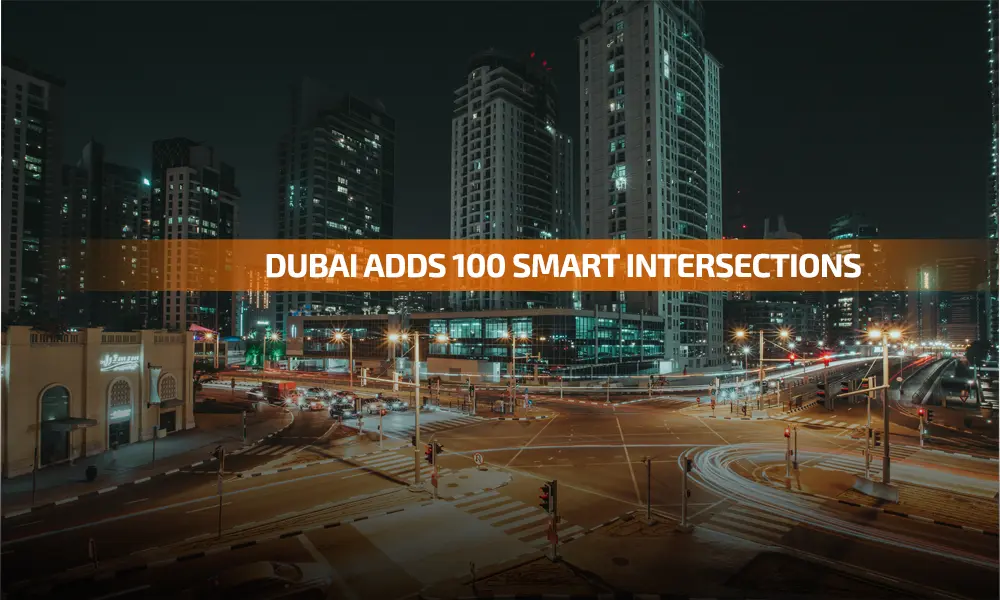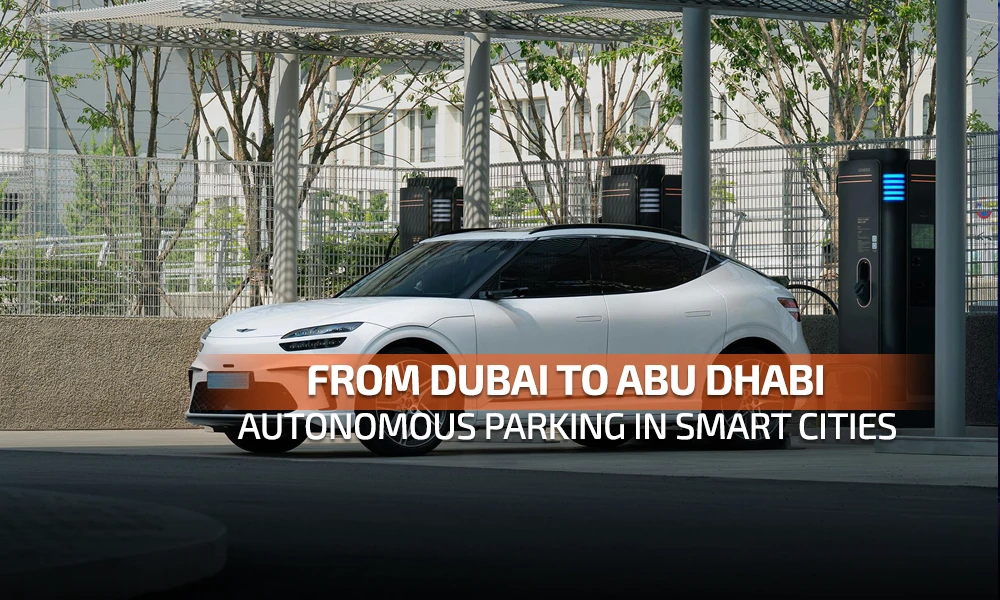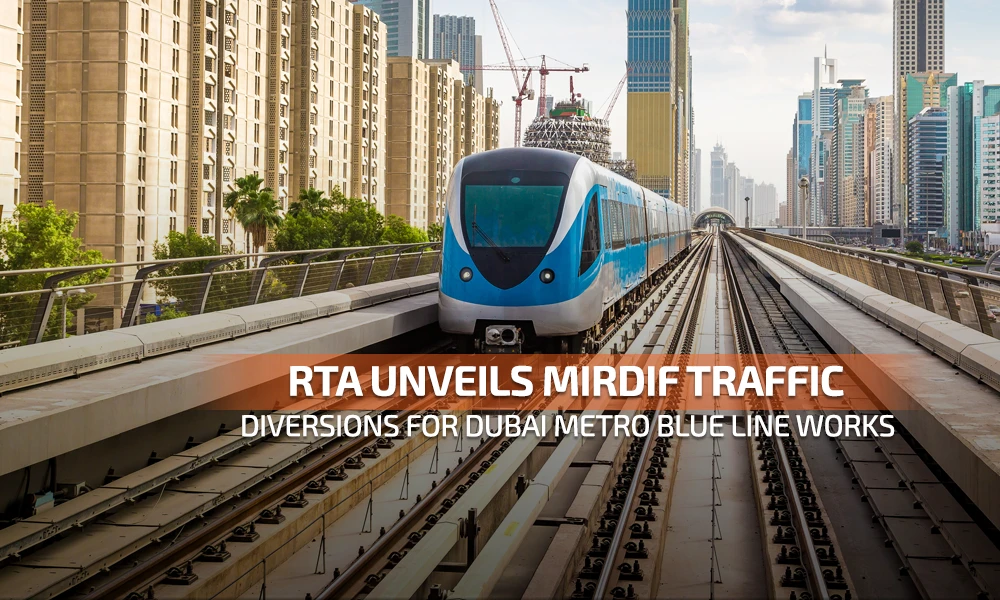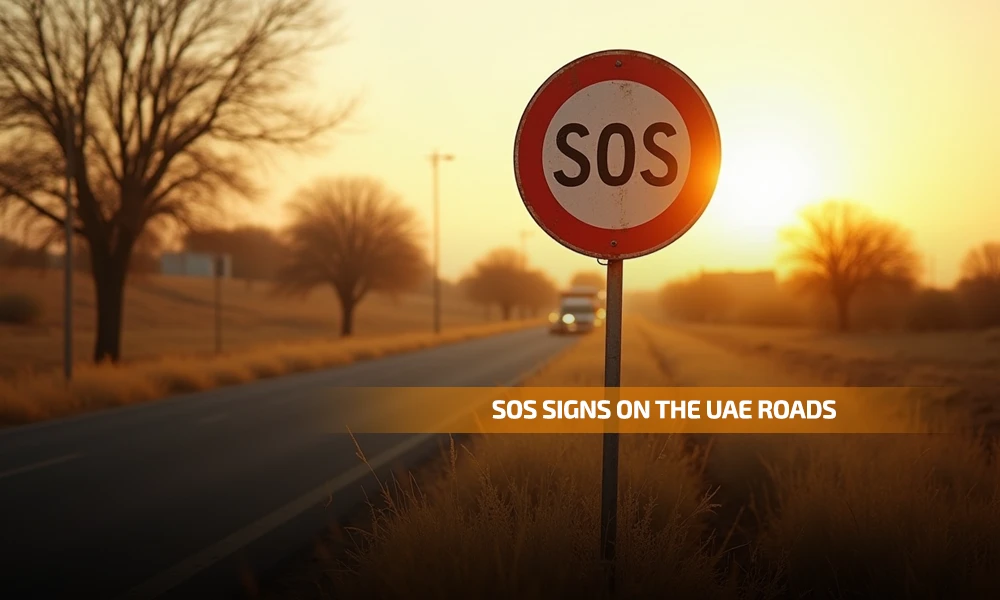Introduction: Dubai’s Smart Move: 100 Intelligent Intersections Redefining Traffic Signals
Dubai has once again taken a monumental leap in smart mobility by expanding its smart traffic management system. The Roads and Transport Authority (RTA) has confirmed that 100 new smart intersections will soon be operational across the emirate, transforming the way drivers and pedestrians navigate the city. As part of Dubai’s ambitious plan to cover 100% of the main road network with smart traffic systems by 2026, these intelligent upgrades are not just about technology — they’re about smoother mobility, enhanced safety, and a more sustainable future.
From the integration of adaptive traffic signals to smart pedestrian crossings, Dubai is rapidly becoming a global benchmark for intelligent transportation. Here’s a deep dive into what these developments mean for everyday road users and why the humble traffic signal is becoming a high-tech ally on the road.
Related Blogs: Khaleej Times – Dubai Smart Traffic System
The Rise of Smart Intersections in Dubai
Smart intersections are not just about red, yellow, and green lights anymore. They are sensor-powered, AI-driven systems that analyze real-time traffic data and adapt signal timings accordingly. The goal? To optimize traffic flow, reduce congestion, and make the streets safer for everyone — especially during peak hours.
Dubai’s decision to upgrade 100 intersections with smart traffic signal systems is a game-changer. These intersections will use cutting-edge sensors, cameras, and AI to monitor traffic density and adjust the signal timing in real-time. The result? Fewer traffic jams, less idling, and a significant drop in fuel consumption.
Related Blogs: Media One – Smart Pedestrian Signals
Key Features of the New Smart Traffic Signal System
Here’s what makes these intersections smart — and effective:
1. Adaptive Traffic Flow Control
The smart traffic signal system analyzes the number of vehicles approaching an intersection and adjusts the timing of the green light accordingly. This ensures minimal wait times and maximized traffic efficiency.
2. Real-Time Data Collection
Smart intersections are powered by AI and IoT devices that collect real-time traffic data. These insights help city planners improve road infrastructure and make data-driven decisions.
3. Pedestrian Priority Technology
Dubai has also installed smart pedestrian signals at 10 new locations. These systems detect pedestrian movement and adjust the signal accordingly, improving crosswalk safety in busy areas.
4. Emergency Vehicle Clearance
When an ambulance or police vehicle is approaching, smart traffic signals can automatically switch to green to give priority clearance, helping emergency services reach their destination faster.
5. Environmental Efficiency
With fewer stops and smoother flow, vehicles burn less fuel, directly contributing to Dubai’s sustainability goals and reducing carbon emissions on major roads.
Why Smart Traffic Signals Matter in a Growing City
Dubai’s population is rising, and so are the number of vehicles on the road. Without innovation, traffic congestion could slow down progress. Smart traffic signal systems serve as a proactive solution to manage urban growth and ensure roads remain efficient and safe.
Here’s how these innovations support the city’s mobility goals:
- Less Congestion: Smart signals reduce bottlenecks at critical junctions.
- Time Savings: Reduced wait times mean shorter commutes for everyone.
- Enhanced Safety: Adaptive lighting ensures safer intersections, especially in pedestrian-heavy areas.
- Data-Driven Urban Planning: Traffic trends gathered via sensors help optimize future road designs.
Related Blogs: Miss Auto – RTA Road Openings & Decongestion Tips
Dubai’s Vision: A 100% Smart Traffic Network by 2026
RTA’s plan to roll out smart systems across 100% of Dubai’s main road network is ambitious, yet achievable. As of now, over 60% of key intersections have already been upgraded with smart technology. The next phase will involve:
- Upgrading secondary roads and junctions
- Integrating smart traffic signals with public transport timetables
- Leveraging AI to predict congestion before it happens
- Expanding pedestrian-friendly smart crossings in residential zones
By 2026, traffic signals across the city will be part of a seamlessly connected network, where decisions are made in real-time, not just by rules, but by data intelligence.
Smart Signals, Smarter Drivers: What You Need to Know
As a driver in Dubai, the shift to smart traffic signals will likely change your road experience — for the better. Here are some tips to adapt and benefit:
- Follow signal prompts closely: The adaptive nature of smart signals means their timing might vary based on traffic conditions.
- Use navigation apps: Many of these apps will soon incorporate real-time signal data to offer smarter route suggestions.
- Pedestrians, look for sensor poles: These poles allow you to trigger crossings via motion sensors — no need to press buttons.
- Don’t speed through amber: AI-based cameras are linked to traffic signals, and violators can be tracked more precisely.
A Model for Other Cities
Dubai’s push for smarter intersections isn’t just a local solution — it’s a blueprint for global urban mobility. With climate change, rising populations, and evolving commuter expectations, cities worldwide will soon have to modernize their traffic systems. Dubai is simply leading by example, showing that with the right investments in tech, urban movement can be safe, smooth, and sustainable.
The Impact So Far
Initial reports from areas where smart traffic signals have been deployed show significant benefits:
- 30% reduction in average wait times at upgraded intersections
- 40% decrease in congestion during peak hours
- 25% improvement in emergency response times
- Enhanced pedestrian safety in zones with smart crossings
These aren’t just numbers — they reflect a real difference in how residents experience daily commutes, and they position Dubai as a global leader in smart city innovation.
What’s Next for Dubai’s Traffic Infrastructure?
Looking ahead, RTA plans to integrate the smart traffic signal system with:
- Autonomous vehicle infrastructure
- Smart parking solutions
- Metro and bus transit systems
- AI-powered accident alerts and rerouting
This level of integration will make Dubai’s mobility ecosystem one of the most connected in the world — where every traffic signal is not just a control mechanism, but a node in a living, learning citywide system.
FAQs: Smart Traffic Signal Intersections in Dubai
Q1: What is a smart traffic signal?
A smart traffic signal uses AI and sensors to adjust light timings based on real-time traffic flow.
Q2: How many smart intersections are being added in Dubai?
Dubai is adding 100 new smart intersections as part of its smart mobility initiative.
Q3: What are the benefits of smart traffic signals?
They reduce congestion, improve road safety, and optimize traffic movement.
Q4: Are smart pedestrian signals included?
Yes, smart pedestrian signals have been installed at 10 new locations to enhance crossing safety.
Q5: When will Dubai complete its smart traffic network?
Dubai aims to cover 100% of its main roads with smart traffic signal systems by 2026.
Conclusion: Dubai’s Intelligent Traffic Revolution Is Underway
The addition of 100 new smart intersections is not just a milestone — it’s a turning point. Dubai is proving that when technology meets vision, even something as traditional as a traffic signal can become a powerful force for urban transformation.
For drivers, pedestrians, and planners alike, this evolution promises greater safety, efficiency, and environmental responsibility. As the city races toward its 2026 target, one thing is clear: the road ahead is smarter than ever.







